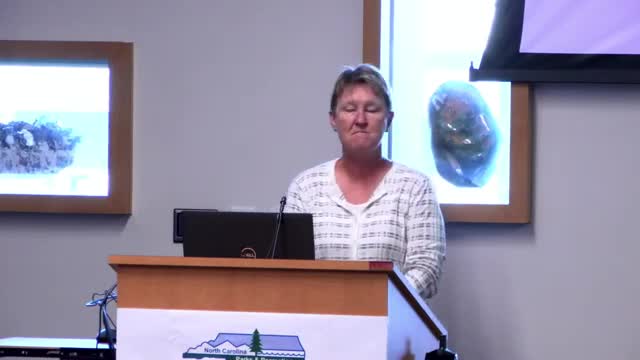Funding Dilemma Sparks Intense Project Voting Debate
August 23, 2024 | Natural and Cultural Resources, Cabinet Departments, Organizations, Executive, North Carolina
This article was created by AI summarizing key points discussed. AI makes mistakes, so for full details and context, please refer to the video of the full meeting. Please report any errors so we can fix them. Report an error »

During a recent government meeting, officials discussed the allocation of limited funding for various projects, emphasizing the need for a structured voting process to determine which initiatives will receive financial support. With a total budget of $9.5 million available, the group acknowledged that not all projects could be funded in this round.
The meeting outlined a multi-step voting procedure. Initially, participants will cast their votes, after which staff will compile a ranking list based on the average scores of the projects. This ranking will then guide the decision-making process, taking into account geographic distribution and other relevant concerns.
In the event of tied votes, officials presented several options for resolution. They could either conduct a new vote on the tied projects, allocate remaining funds only to those projects, or defer the funds until the next funding cycle. The discussion highlighted the importance of transparency and accountability, reminding applicants that even if funding is reduced, they are still responsible for meeting all project benchmarks.
The meeting concluded with a motion to approve the proposed voting process, which was unanimously supported by the attendees. This structured approach aims to ensure fair distribution of funds while addressing the challenges posed by limited resources.
The meeting outlined a multi-step voting procedure. Initially, participants will cast their votes, after which staff will compile a ranking list based on the average scores of the projects. This ranking will then guide the decision-making process, taking into account geographic distribution and other relevant concerns.
In the event of tied votes, officials presented several options for resolution. They could either conduct a new vote on the tied projects, allocate remaining funds only to those projects, or defer the funds until the next funding cycle. The discussion highlighted the importance of transparency and accountability, reminding applicants that even if funding is reduced, they are still responsible for meeting all project benchmarks.
The meeting concluded with a motion to approve the proposed voting process, which was unanimously supported by the attendees. This structured approach aims to ensure fair distribution of funds while addressing the challenges posed by limited resources.
View full meeting
This article is based on a recent meeting—watch the full video and explore the complete transcript for deeper insights into the discussion.
View full meeting
